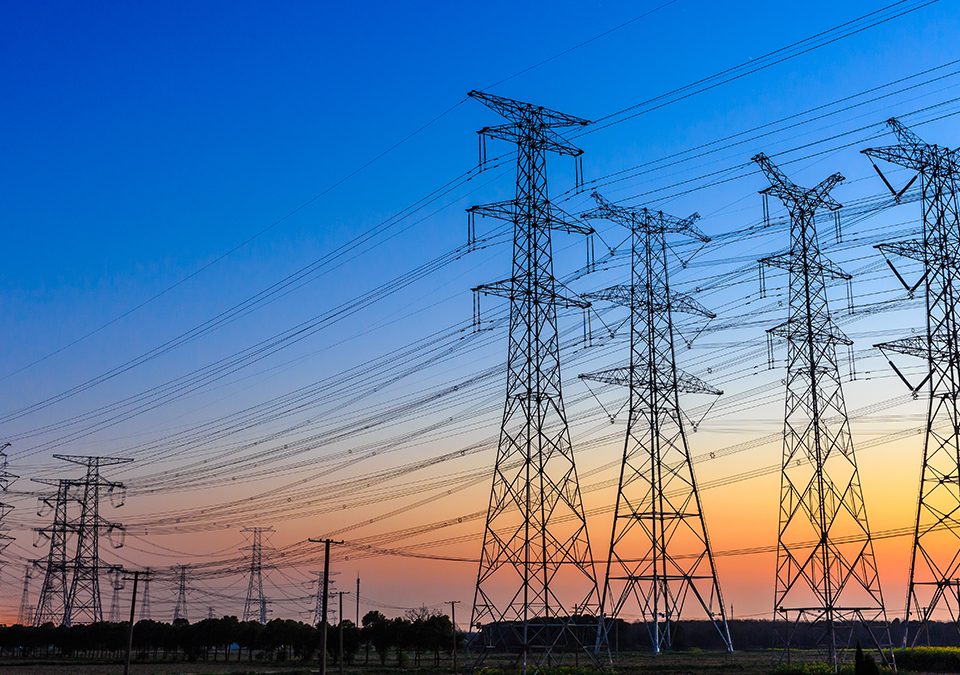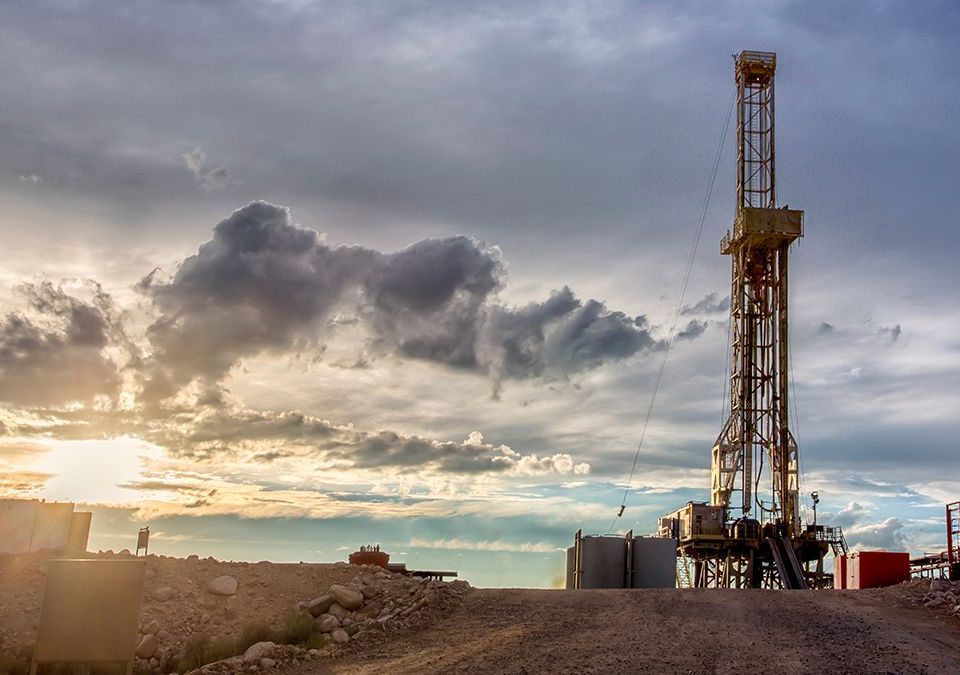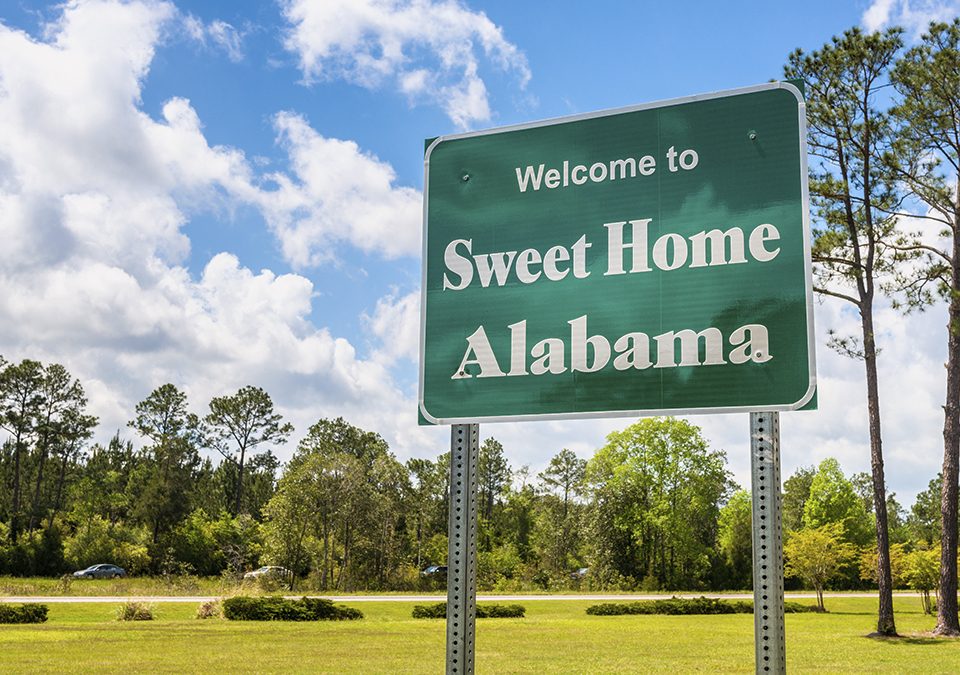Summer Heat = Increased Need for Southeast Energy Assistance
100 Percent Renewable? Not Yet Doable
August 16, 2018Teaching Future Consumers Energy ABCs
August 30, 2018
During hot summer months when many households rely on air conditioning to stay cool, energy suppliers across the Southeast are prepared to help low-income customers in need of assistance coping with energy bills. This summer, it’s been really hot across America. As part of the National Energy and Utility Affordability Coalition’s August LIHEAP action month campaign, we’re spotlighting the Southeast region’s growing need for the federal Low Income Home Energy Assistance Program (LIHEAP).
LIHEAP is a federally-funded block grant program, heralding from the early days of the Reagan Administration. Grants are made to states, tribes and territories to cover residential energy needs and, sometimes, even weatherization improvements for income qualified at-risk households. At the local level, LIHEAP applicants often work with approved nonprofits, typically community action agencies, to apply for and receive assistance.
The law prioritizes the elderly, disabled individuals, and families with children under the age of five. Qualifying households can get credits for both their heating and sometimes cooling needs. They may also be eligible for additional help through LIHEAP’s companion Crisis Assistance Program. If eligible households secure these credits, their LIHEAP funds accrue directly to their utility bill. Some could also qualify for additional weatherization assistance.
Earlier this year, Congress provided the largest increase to LIHEAP in nearly a decade, boosting program funding by $250 million to $3.6 billion, a 7 percent increase. Importantly, warm weather states gained between 10 and 29 percent in additional funding because Congress more closely conformed this year’s funding to LIHEAP’s enabling law. In our region, that is more important than ever. Since 1980, population in the Southeast has exploded and summer temperatures have steadily increased. Support from Congress is bringing more funds to households who need help as LIHEAP offers those earning less than 150 percent of poverty income a potential lifeline. Congress could again improve LIHEAP next year – a move which we also support.
At-risk Americans throughout the Southeastern and Southwestern U.S. needing utility assistance should visit https://liheapch.acf.hhs.gov/snapshots.htm to learn about their options, and to seek help through their local LIHEAP administrator and utility providers.
Going forward, federal appropriators should take additional actions to better align LIHEAP funding with LIHEAP’s actual enabling law. What was accomplished in 2018 can and should be done again in fiscal year 2019 – which begins on October 1st, 2018.
Online recommendations
- Non Gamstop Casinos
- Casino Online Nuovi
- Casino Non Aams
- Slot Sites UK
- Non Gamstop Casino
- UK Online Casinos Not On Gamstop
- UK Online Casinos Not On Gamstop
- Casino Sites Not On Gamstop
- Online Casinos
- Best Non Gamstop Casinos
- Non Gamstop Casino Sites UK
- Non Gamstop Casinos UK
- UK Betting Sites Not On Gamstop
- Casinos Not On Gamstop
- Non Gamstop Casinos
- Non Gamstop Casinos
- Best Non Gamstop Casinos
- UK Online Casinos Not On Gamstop
- Casino Sites Not On Gamstop
- Non Gamstop Casino
- Casino Not On Gamstop
- Casinos Not On Gamstop
- New Non Gamstop Casinos No Deposit Bonus
- Casino Non Aams
- Migliori Casino Online
- Crypto Casino
- Meilleurs Sites De Paris Sportifs Belgique



